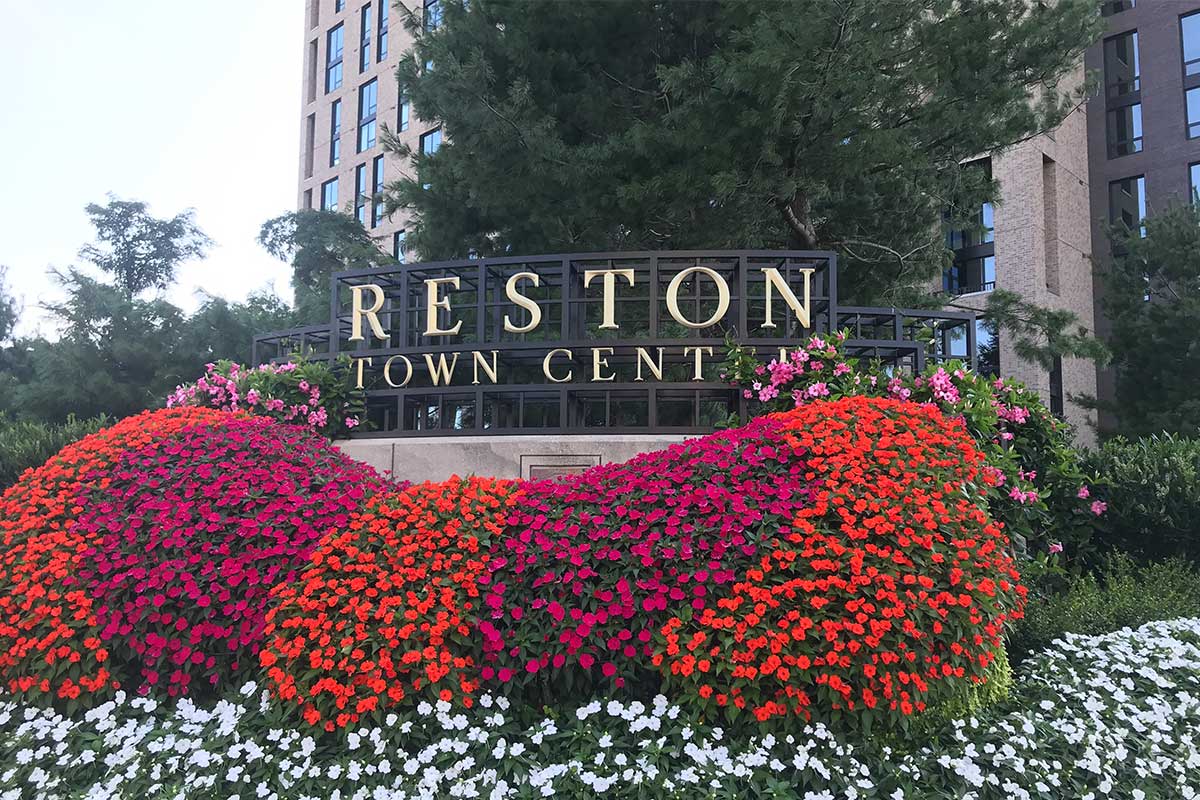The heart of Virginia, Reston, is home to a community that enjoys the warmth and comfort of a wood-burning fireplace. Amidst the hustle and bustle of this vibrant town, there’s something incredibly soothing about cozying up next to a blazing fire on a cold winter’s night. However, to make the most of your wood-burning experience, it is crucial to maximize efficiency. Here are some wood-burning tips for Reston, VA residents to ensure a warmer, safer, and more economical experience.
Understanding Wood-Burning Efficiency
The efficiency of your wood-burning fireplace or stove depends mainly on how well it converts wood into heat. A highly efficient wood-burning system minimizes the amount of wood required, reduces emissions, and maximizes heat output. The key to achieving this lies in the following factors:
1. Using the Right Wood: The type of wood you burn significantly impacts your fireplace’s efficiency. Hardwoods such as oak, maple, or ash are denser and produce more heat than softwoods like pine or spruce. Always use well-seasoned wood, which has been allowed to dry for at least six months after cutting. Seasoned wood burns hotter, cleaner, and produces less creosote, a flammable by-product that can build up in your chimney.
2. Keeping Your Fireplace or Stove Clean: Regular cleaning is essential to maintain the efficiency of your wood-burning system. A build-up of ash can hinder the airflow, causing your fire to burn less efficiently. Schedule regular cleanings with a company like A&T Chimney Sweeps fireplace, furnace, dryer vent, gutter cleaning, and repair services in Reston VA to ensure your fireplace or stove is functioning at its best.
3. Proper Ventilation: Good ventilation is crucial for efficient wood burning. Ensure your chimney or vent is clear and functioning well to provide the necessary draft. A properly functioning chimney will draw air in, encouraging efficient combustion.
4. Effective Fire Building Techniques: How you build your fire also affects its efficiency. The top-down method, where larger logs are placed at the bottom with smaller logs, kindling, and newspaper on top, is considered the most efficient fire-building technique. This method allows the fire to catch quickly and burn hotter, reducing smoke and creosote build-up.
5. Regular Maintenance: Regular maintenance of your wood-burning system is vital for safety and efficiency. This includes annual inspections and cleaning to ensure there are no blockages or build-up of creosote. Regular maintenance also helps detect any damages early, preventing costly repairs down the line.
6. Using Modern, Certified Equipment: Modern wood-burning stoves and fireplaces are designed with efficiency in mind. They burn cleaner and hotter, reducing the amount of wood required and producing less smoke. Look for EPA-certified models, which meet strict efficiency and emission standards.
Maximizing the efficiency of your wood-burning system not only ensures a warmer home but also helps you save on fuel costs and reduce your carbon footprint. Remember, the key to efficient wood burning lies in using the right wood, keeping your system clean and well-maintained, and using modern, certified equipment.
FAQs
1. What is the best type of wood to burn in my fireplace or stove?
Hardwoods like oak, maple, and ash are ideal for burning due to their high heat output. Always use well-seasoned wood, as it burns hotter and cleaner.
2. How often should I have my fireplace or stove cleaned?
It’s recommended to have your fireplace or stove cleaned at least once a year. However, if you use your fireplace regularly, consider scheduling more frequent cleanings.
3. Can I clean my fireplace or stove myself?
While regular removal of ash and soot can be done at home, a professional cleaning is essential to ensure the complete removal of creosote and other potential blockages. Companies like A&T Chimney Sweeps offer comprehensive cleaning services.
4. Why is ventilation important for efficient wood burning?
Proper ventilation ensures adequate airflow, which is crucial for combustion. A well-functioning chimney or vent draws in air, supporting the fire to burn hotter and more efficiently.
5. How can I tell if my wood is well-seasoned?
Well-seasoned wood is typically darker, has cracks in the end grain, and sounds hollow when knocked together. It should also have a moisture content of less than 20%.
6. What is an EPA-certified wood stove or fireplace?
EPA-certified stoves and fireplaces meet strict efficiency and emission standards set by the Environmental Protection Agency. These models burn cleaner and hotter, reducing wood consumption and smoke emissions.
By considering these tips and making informed decisions, you can maximize the efficiency of your wood-burning system and enjoy a warmer, safer, and more economical experience.








